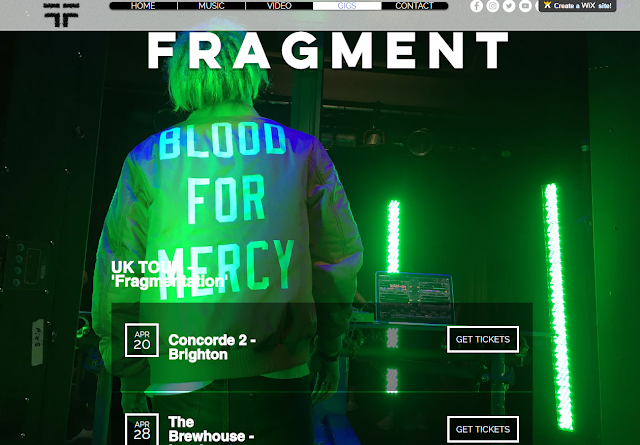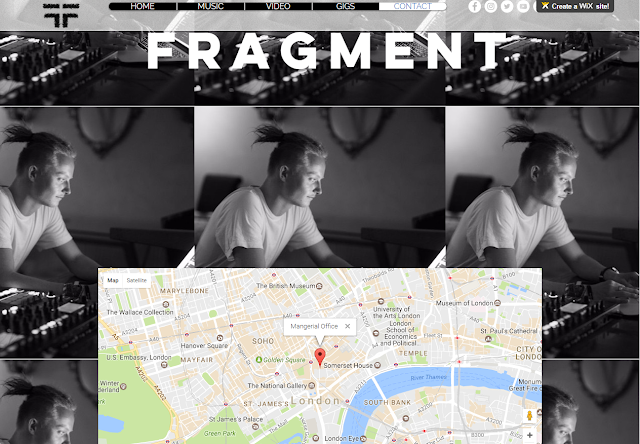Biography
Fragment is a British
DJ based in London. He was born and raised in Oxford and has been surrounded by
music his entire life, he has always known he wanted a career in music and has
been practicing using the decks since he was just 15 years old. In four years,
Fragment has come a long way and as his natural talent flourishes, so does the
size of his audience.
At the youthful age
of only 19, Fragment’s talent is evidently something unique and particularly
rare, the energy he is able to project onto the audience is not something that
happens frequently and it is because of this that Fragment’s new single “Don’t
stop” is blowing up around the UK.
The DJ was attending school until the age of 18, meaning he
was juggling his schoolwork as well as keeping up with his DJ-ing and ensuring
he was able to learn as much as he could about both; his subjects, and the
creation of his music. When Fragment graduated he straight away focused
exclusively on his music and worked on getting himself better, in doing this his
ability grew because he was concentrating solely on his music and was therefore
able to work on himself to reach the level he is able to achieve.
“Fragment is a tremendously talented DJ and his instinctual
aptitude for the creativity of music is what will take him so far within the
music industry. Fragment has come a long way over the years, but he’s only got
more to come, he will go far.” – DJ Mag






















